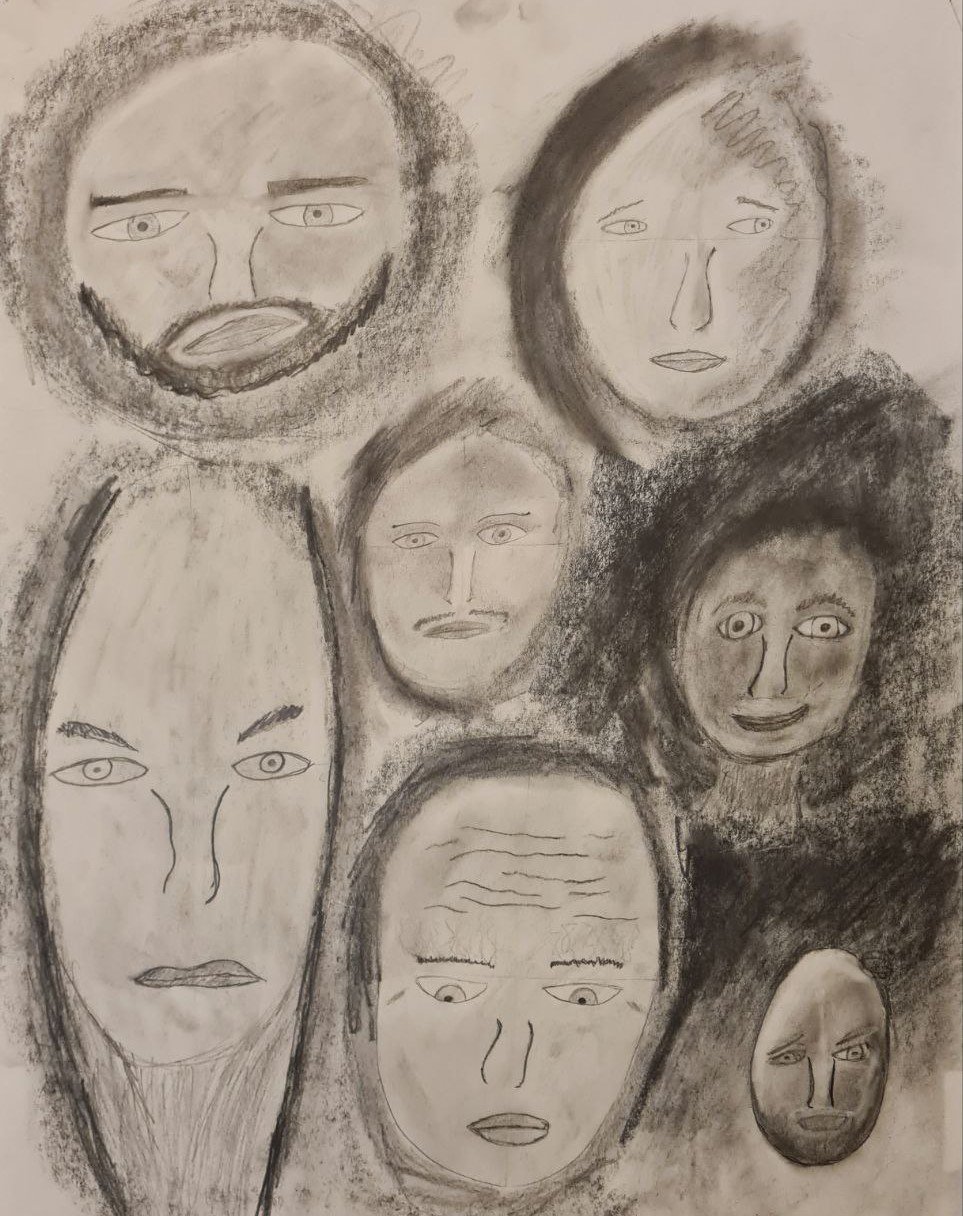Journey into Altar Painting
by Silke Chatfield
In the last four weeks, we have slowly been preparing the foundations for working towards an Altar Painting. Under the guidance of Regine Kurek (our Art Teacher), we started this somewhat terrifying task by drawing faces with charcoal. In this way, we were able to explore different expressions and age groups as well as practicing to draw eyes, mouths, and noses.
Then, Regine read us some indications that Rudolf Steiner gave for portraying Christ.
“Every true representation of Christ must be a portrayal of the Ideal embodied in Him. When a human being reaches out towards this highest Ideal and strives through Spiritual Science to represent it in Art, this feeling will arise in greater and greater strength: — If you would portray Christ, you must not look at what is actually there in the world, but you must let your whole being be quickened and pervaded by all that flows from contemplation of the spiritual evolution of the world, inspired by the three great impulses of Wonder, Compassion, and Conscience.” (GA 133, 14th May 1912)
We then worked in pairs on a large sheet of paper to try and recreate the face of Christ taking our inspiration from photocopies of the bust of the Representative of Humanity (from Steiner’s Sculptural group). This time we used charcoal, pencil, graphite, and pastel (black and white). One option of working was to fill the page in black and then bring out the facial features gradually removing the dark with an erasure. Keeping in mind that the jaw and the mouth should express conscience, compassion should be reflected in the eyes, and wonder should permeate the unusual form of the brow. Not an easy task!
In the third week, we explored the Goethean color wheel with an emphasis on creating viridian green and peach blossom. The two so-colled image-colors.
It was these two colors that gave a base for our canvases the next week. We started to paint a uniform base on a smaller canvas in viridian green and on a larger canvas with peach blossom. The first was to become the image of the Crucified One. And the second — of the Risen One. When those dried, we started to fully engage with picturing the two parts of an Altar painting, a process that is still ongoing…
Our author:
Sike Chatfield was born in East Berlin. She moved to the UK when she was 20 to work in the Camphill Community for four years. She is married and has seven children. She became a member of the Christian Community in 2018 and is now in her second year of the Seminary.








